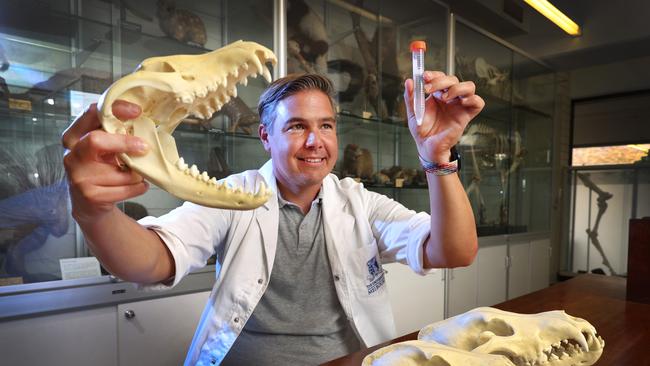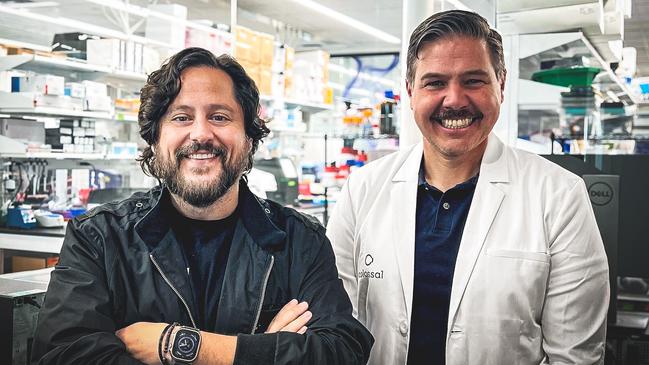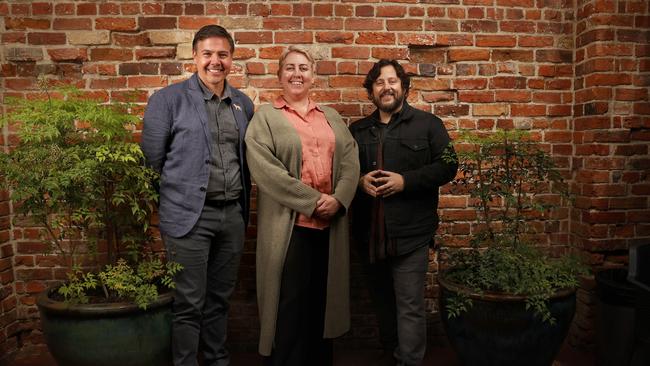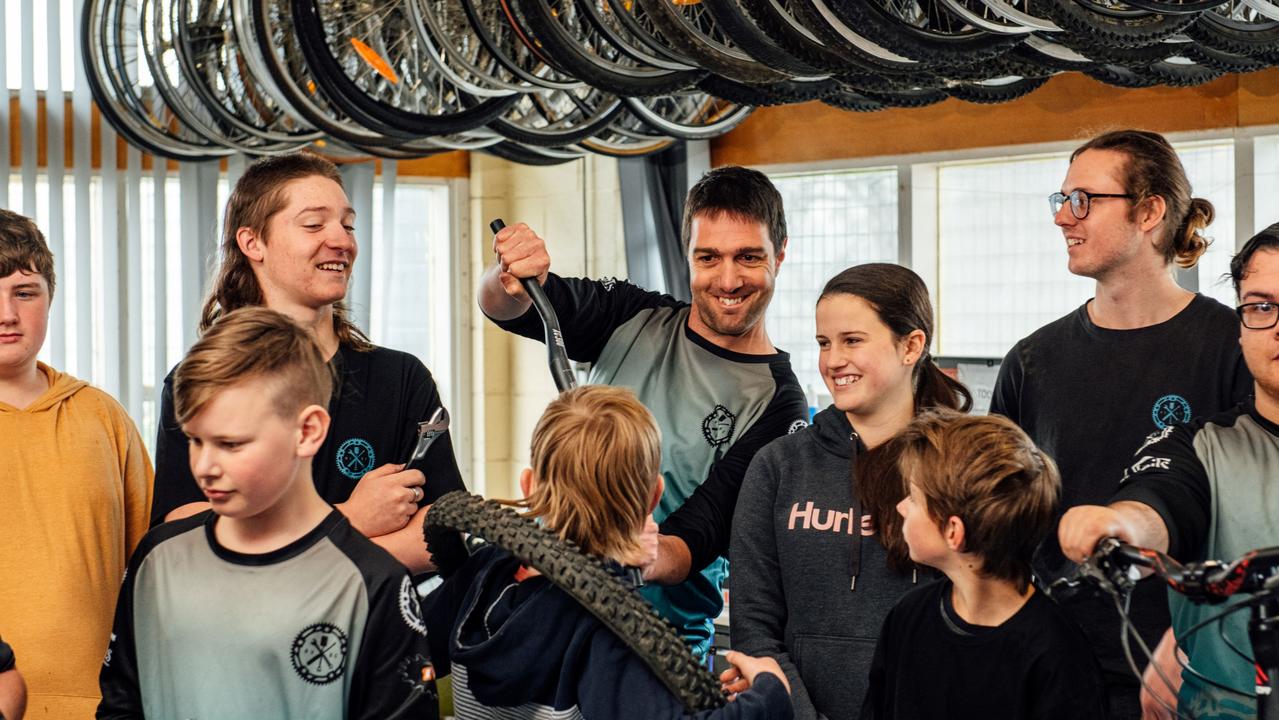The Thylacine could be back in the next decade, but that’s not the only thing happening
Researchers are confident they can return the Tasmanian tiger within the decade. But lead scientist says the project is about more than just bringing the Thylacine back to life.

Tasmania
Don't miss out on the headlines from Tasmania. Followed categories will be added to My News.
Once dismissed as ‘science fiction’, researchers working on the Thylacine de-extinction project are confident they can return the Tasmanian tiger within the decade.
In 2022, American bioscience company Colossal Biosciences partnered with a research lab at the University of Melbourne for the ‘de-extinction’ project, sparking mixed responses from scientists and the general public.
Having successfully sequenced the entire thylacine genome, researchers hope to “edit” the DNA of its closest living relative the dunnart.
But lead scientist on the Thylacine project Andrew Pask said the implications of the research extend beyond simply bringing the Tasmanian tiger back, developing an extensive “biobank” of living cells at Museums Victoria to safeguard the existence of endangered animals.
“We know because of climate change and adverse weather events, particularly bushfires in Australia, there are going to be events where we lose entire species for sure in our future,” Professor Pask told the Mercury.

“We’re collecting living cells from all our animals that are endangered, not just marsupials, from amphibians, birds, reptiles, fish, all of them are going into this biobank,”
“The idea is if we freeze living cells now, we don’t have to do the de-extinction part again. We’ll have cells that we can just directly clone from to bring back animals if they go extinct in the future.”
While it’s unlikely we’ll see a live Thylacine in the next five years, the genetic engineering technology used in the project has been successfully used in the endangered northern quoll.
“We’ve been able to engineer the genome of northern quolls to be resistant to cane toad toxin,” Professor Pask said.
“Northern quolls are likely to go extinct within the next decade because of cane toads moving across Australia, they eat the cane toad and die,”
“But there’s just a single edit that you need to make in their genome to make them completely resistant to cane toad toxin, and we’ve made that edit.”
Derwent Valley Council Mayor Michelle Dracoulis is the chair of the Thylacine Integrated Genomic Restoration Research, and heavily involved in the project saying the return of Tasmania’s only apex predator would bring balance back to the ecosystem.

“This is a really recent extinction. It’s a man-made extinction. We did this, we hunted them to extinction,” Ms Dracoulis said.
“The reintroduction of this animal to the Tasmanian landscape will stop the downgrading that is already occurring.
“The only bit of a push back we’re really getting is people wondering ‘should we be doing this?’
“But of course we caused this extinction in the first instance, and putting the Thylacine back we know it would fix that ecosystem, it would be a huge ecological win.”
Ms Dracoulis was an attendee at the first annual Tasmanian Thylacine Advisory Committee summit for the restoration and preservation of the Thylacine in Melbourne, saying the project was important as it is “woven into Tasmania’s history”.
“People still think they see them, we still see pictures of them everywhere, you know, mascots and advertising and beer,” she said.
“It is one thing to hear the concept of this, and then quite another to get on the ground and see the science that has been underway for over two decades at University of Melbourne.”
Originally published as The Thylacine could be back in the next decade, but that’s not the only thing happening


